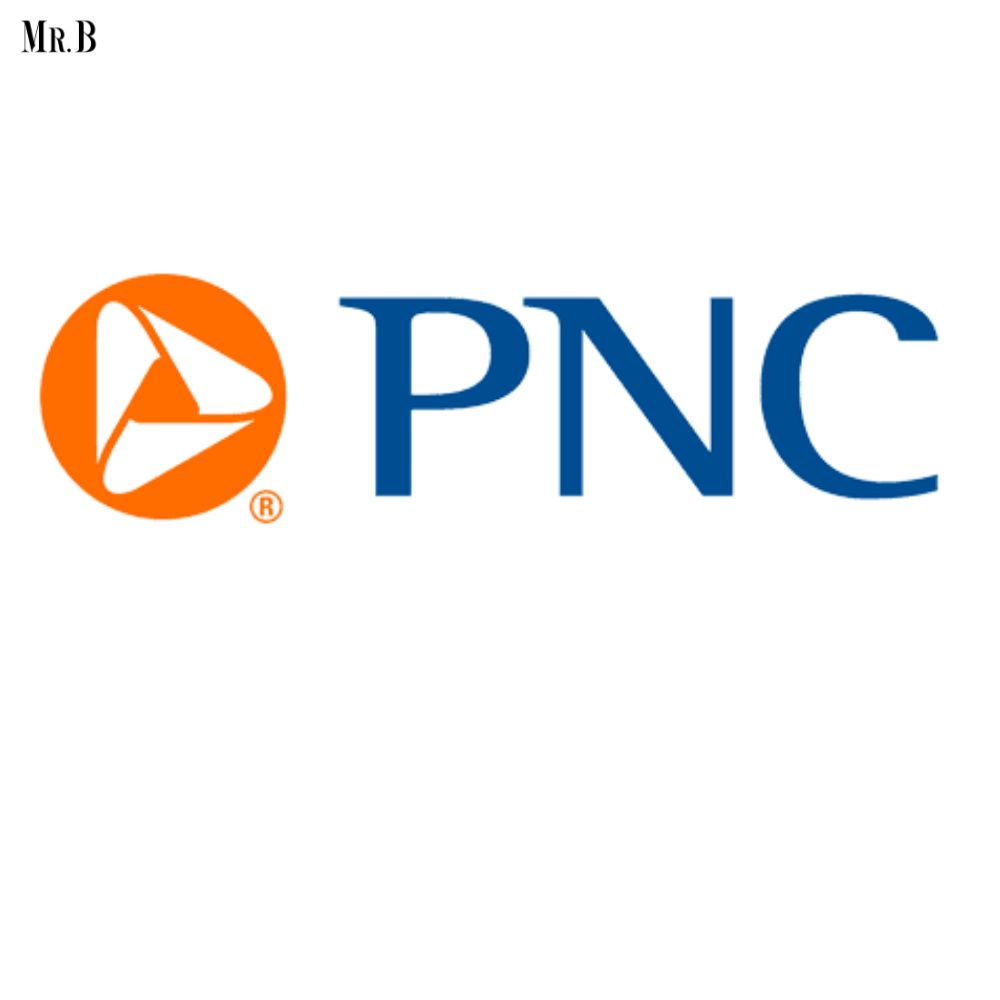In today’s fast-paced world, having access to flexible financing options can make a significant difference in achieving your financial goals. One such option is a Home Equity Line of Credit (HELOC), and among the numerous providers, PNC Bank offers a competitive and customer-friendly HELOC product. This article delves into the intricacies of the PNC HELOC, explaining its features, benefits, and how it can be a valuable financial tool for homeowners.
What is a HELOC?
A Home Equity Line of Credit (HELOC) is a revolving line of credit that allows homeowners to borrow against the equity in their home. Unlike a traditional home equity loan, which provides a lump sum of money, a HELOC works more like a credit card, offering flexibility to draw funds as needed up to a predetermined limit. This makes HELOCs an attractive option for various financial needs, from home improvements to debt consolidation and emergency expenses.
Understanding PNC HELOC
PNC Bank, one of the largest financial institutions in the United States, offers a comprehensive HELOC product designed to meet the diverse needs of homeowners. The PNC HELOC stands out for its competitive interest rates, flexible terms, and customer-centric features.
Key Features of PNC HELOC
1. Competitive Interest Rates:
It offers variable interest rates that are often lower than credit card rates, making it an affordable option for borrowing. The rates are typically based on the Prime Rate plus a margin, which can vary depending on the borrower’s credit profile and the loan-to-value ratio (LTV).
2. Flexible Borrowing Terms:
It is a draw period, usually lasting 10 years, during which borrowers can access funds as needed. After the draw period, there is a repayment period of up to 20 years, allowing for manageable monthly payments.
3. No Annual Fees:
One of the appealing aspects of PNC HELOC is the absence of annual fees, reducing the overall cost of borrowing.
4. Online Access and Management:
PNC offers robust online banking tools, enabling customers to manage their HELOC accounts, make payments, and transfer funds conveniently through their digital platform.
5. Potential Tax Benefits:
Interest paid on this may be tax deductible, subject to IRS rules and regulations. Homeowners should consult with a tax advisor to determine eligibility.
Benefits of PNC HELOC

1. Financial Flexibility
The primary advantage of a PNC HELOC is the financial flexibility it offers. Homeowners can use the funds for a wide range of purposes, such as:
1. Home Renovations:
Making improvements or repairs to your home can increase its value and enhance your living space. A PNC HELOC provides the funds needed for projects without the high interest rates of personal loans or credit cards.
2. Debt Consolidation:
High-interest debt, such as credit card balances, can be consolidated into a PNC HELOC, potentially lowering overall interest costs and simplifying monthly payments.
3. Education Expenses:
Whether its tuition fees or other educational costs, a PNC HELOC can provide the necessary funding, often at a lower interest rate compared to student loans.
4. Emergency Expenses:
Life is unpredictable, and unexpected expenses can arise. Having this as a financial safety net can provide peace of mind.
2. Lower Interest Rates
Compared to other forms of credit, such as personal loans or credit cards, the interest rates on a PNC HELOC are generally lower. This makes it a cost-effective way to borrow money for various purposes. Additionally, borrowers only pay interest on the amount they actually use, not the entire credit limit.
3. Tax Deductibility
As mentioned earlier, the interest paid on this may be tax-deductible. This can provide significant savings, especially for those in higher tax brackets. It’s important to consult with a tax advisor to understand the specific tax benefits applicable to your situation.
4. Ease of Access
PNC’s user-friendly online banking platform makes it easy to access and manage your HELOC account. Funds can be transferred to your checking or savings account with just a few clicks, providing quick access to money when you need it.
5. Long Repayment Period
The extended repayment period of a PNC HELOC allows for lower, more manageable monthly payments. This can alleviate financial stress and provide more time to pay off the borrowed amount.
How to Qualify for a PNC HELOC?

To qualify for a PNC HELOC, homeowners must meet certain eligibility criteria. These typically include:
1. Sufficient Home Equity:
Homeowners must have enough equity in their home to borrow against. This is usually determined by the loan-to-value (LTV) ratio, which compares the amount of the loan to the appraised value of the home.
2. Good Credit Score:
A good credit score is essential for qualifying for a PNC HELOC. Lenders use credit scores to assess the risk of lending money, and higher scores often result in better interest rates.
3. Stable Income:
Demonstrating a stable and sufficient income is crucial for qualifying for a HELOC. Lenders want to ensure that borrowers have the financial means to repay the loan.
4. Positive Payment History:
A history of on-time payments on existing loans and credit accounts can improve your chances of qualifying for this.
Application Process for PNC HELOC
Applying for a PNC HELOC is a straightforward process, designed to be as convenient as possible for homeowners. Here are the steps involved:
1. Pre-Qualification:
The first step is to check if you pre-qualify for a PNC HELOC. This can be done online and does not affect your credit score. Pre-qualification gives you an estimate of the loan amount and terms you may be eligible for.
2. Application:
Once pre-qualified, you can proceed with the full application. This involves providing detailed information about your financial situation, including income, debts, and the property being used as collateral.
3. Documentation:
PNC will require supporting documents to verify the information provided in your application. This may include pay stubs, tax returns, and proof of homeownership.
4. Appraisal:
An appraisal of your home may be required to determine its current market value. This helps PNC calculate the loan-to-value ratio and ensure there is sufficient equity to secure the HELOC.
5. Approval and Closing:
After reviewing your application and documentation, PNC will make a decision. If approved, you will proceed to closing, where you will sign the necessary documents and officially open your HELOC account.
Managing Your PNC HELOC
Once you have a PNC HELOC, managing it effectively is key to maximizing its benefits. Here are some tips:
1. Track Your Spending
Keep a close eye on how you use the funds from your PNC HELOC. Monitoring your spending can help you stay within your budget and avoid unnecessary debt.
2. Make Timely Payments

Making timely payments is crucial to maintaining a good credit score and avoiding late fees. PNC offers automatic payment options to ensure you never miss a due date.
3. Utilize Online Banking Tools
PNC’s online banking platform provides a range of tools to help you manage your HELOC account. Use these tools to check your balance, transfer funds, and make payments conveniently.
4. Reassess Your Financial Needs
Periodically reassess your financial needs and goals to ensure that your PNC HELOC is being used effectively. If your circumstances change, you may need to adjust your borrowing and repayment strategy.
5. Plan for Repayment
As the draw period ends and the repayment period begins, plan your finances accordingly. Make sure you understand the repayment terms and have a strategy in place to pay off the balance.
Conclusion
A PNC HELOC can be a powerful financial tool for homeowners, offering flexibility, competitive interest rates, and potential tax benefits. Whether you’re looking to renovate your home, consolidate debt, or cover unexpected expenses, the PNC HELOC provides a convenient and cost-effective solution. By understanding the features, benefits, and application process, you can make an informed decision and unlock the equity in your home to achieve your financial goals.
Curious to learn more? Explore this Article on: Mr. Business Magazine







